Among the elements that have always and more than any other distinguished and characterized the production of Architettura Sonora are undoubtedly the Omnidirectional models.
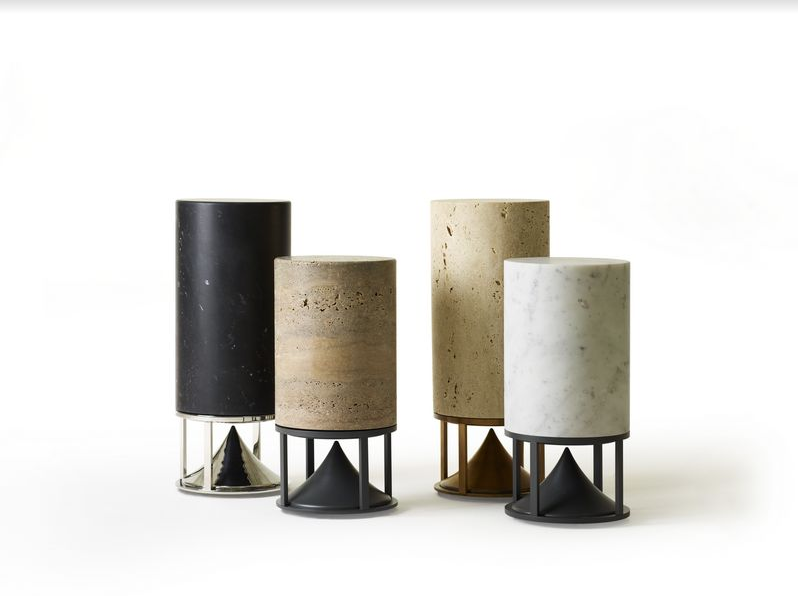
Sphere, Cylinder, Cube, and Spherina are iconic models of Architettura Sonora, manifestos of the distinctiveness of a production that clearly departs from the usual concept of “sound box.”
The shape, the material component are undoubtedly distinctive features of AS products, as is the type of acoustic emission they propagate.
Let us try to understand together what Omnidirectional acoustic emission is and how AS products are able to achieve it in exploiting their potential.
The first AS omnidirectional elements were designed to be placed on the ground, turning the ground into an actor, an integral part of the acoustic design.
In simple words, we could say that the sound bounces off the ground thanks to the baffle placed at the bottom of the AS emitter, thus creating a “donut” effect.
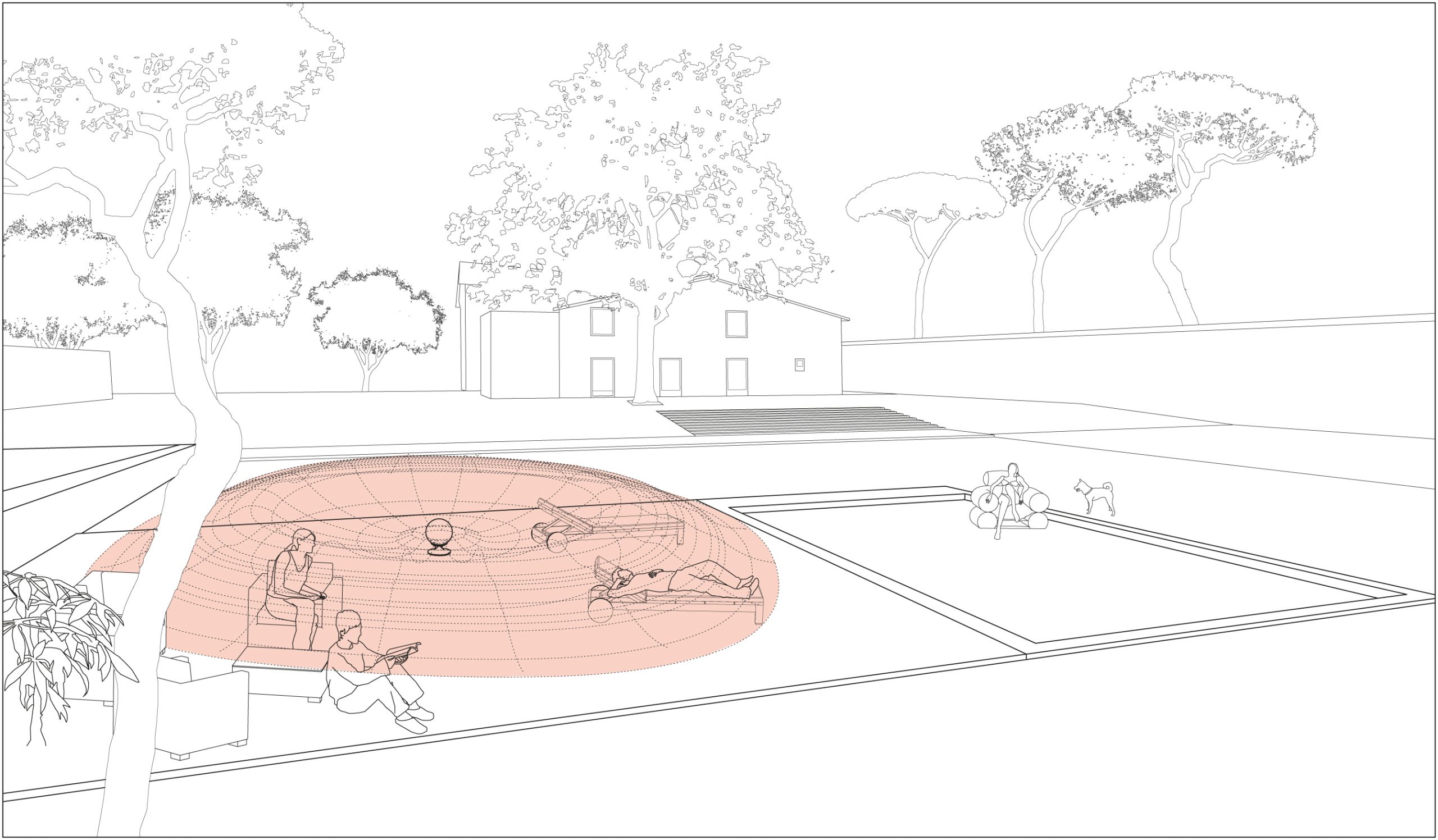
Therefore, it can be easily deduced that the omnidirectional acoustic element should never be placed higher than the “ground” placement, otherwise the immersive and enveloping effect of sound would be lost.
The omnidirectional acoustic behavior on the ground is well represented by the following figure below, which simplifies its concept

The following image, on the other hand, gives us (albeit still from a simplified perspective) a more detailed representation of the concept of immersive sound.
This graphic diagram shows that the correct theoretical positioning is between 3 and 4 meters away from the object. In other words, at this distance the actual musical volume is perceived (in the drawing represented with 100dB), while it decreases as one moves away from the point of sound emission, until it decays significantly between 15 and 20 meters.
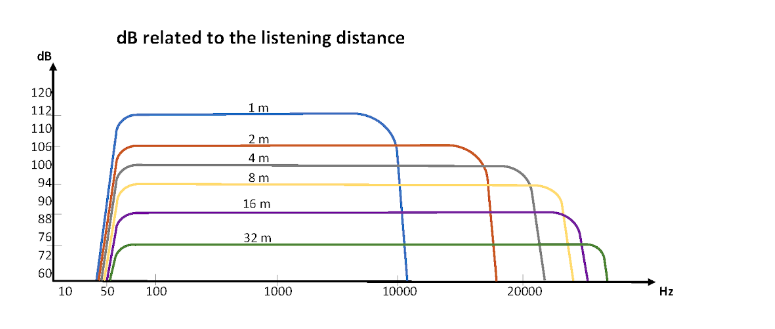
Representing the above with a diagram that also inserts the Frequency Range figure, it will be seen that around the 4-meter range reveals the most correct frequency range (40 Hz-20K Hz):
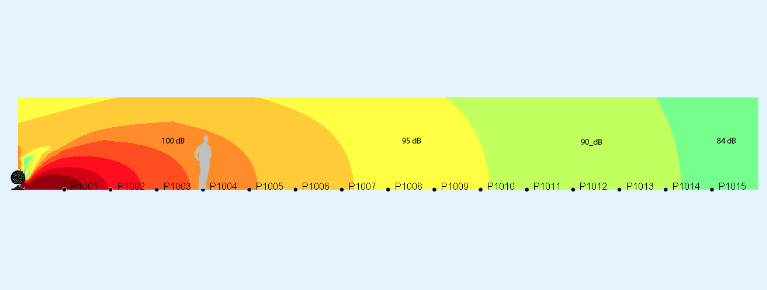
The last diagram summarizes the omnidirectional behavior on the ground with listening placement recommendations.
- Moving closer to the acoustic element, high frequencies are lost.
- Positioning oneself about 4 meters away the appropriate Range is perceived.
- Moving away from 4 meters the perceived Range is still correct but the volume drops
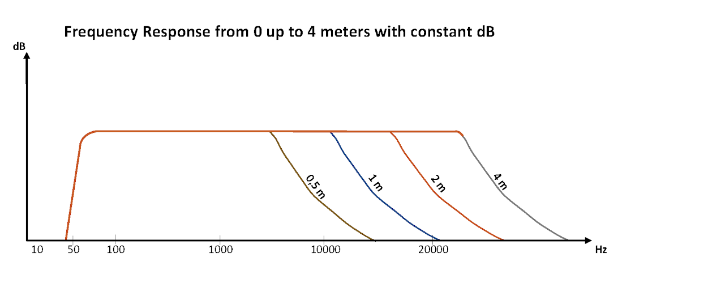
From the above considerations, we therefore try to draw “recommendations” in order to achieve optimal acoustic coverage of an area through the elements of Architettura Sonora.
It is necessary to establish:
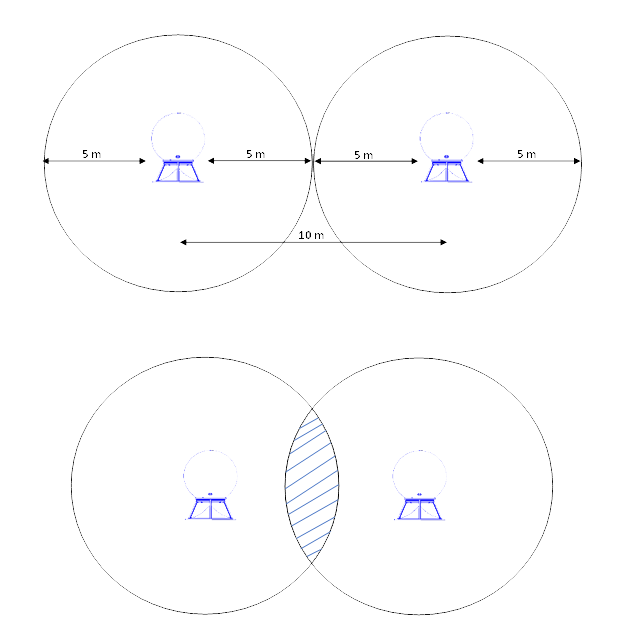
- The volume requirement per area (Background only or Party zones).
- Mono or Stereo configuration
- Personal taste (use of a Subwoofer to reinforce low frequencies, necessary for Party music but also for Lounge or background music with “body”).
- Presence of neighbors, especially if adjacent and with hedges as property boundaries (there are rules for maximum tolerated dB level).
As a theoretical-general rule for the coverage of an area with omnidirectional AS elements, we define in 10 meters the distance between one element and another recognizing in 10 meters the diameter of the covered acoustic area of the element itself.
This 10-meter distance should be decreased when a Stereo configuration is planned or when a “more immersive” acoustic design is desired.
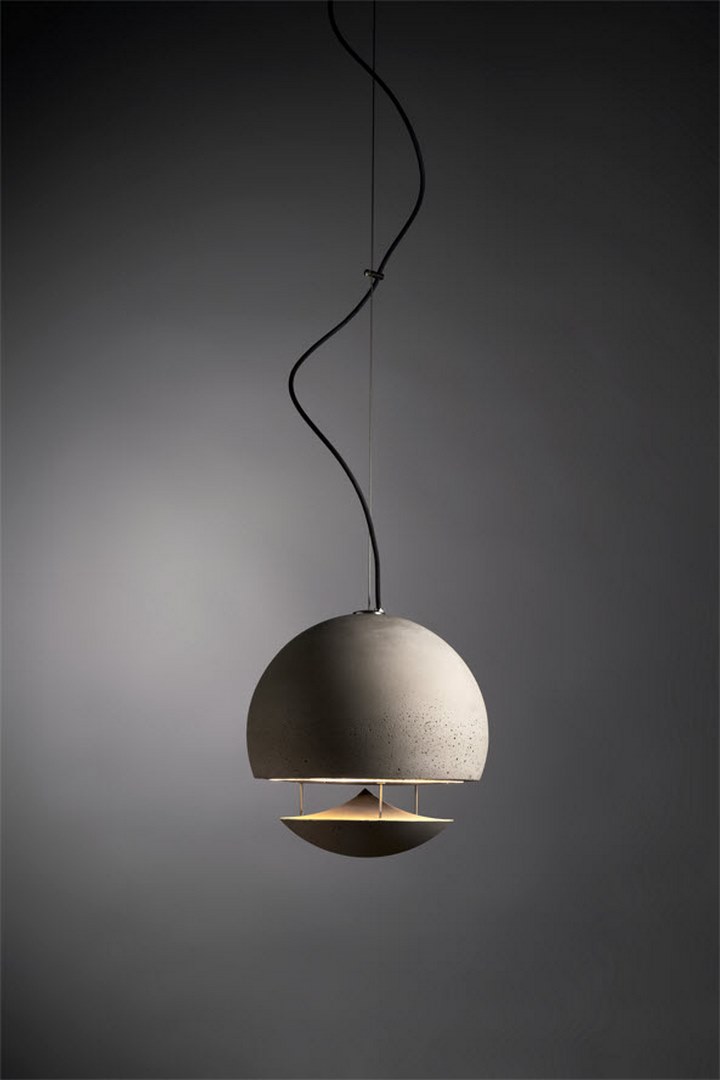
OMNIDIRECTIONAL SUSPENDED EMISSION
The omnidirectional emission of AS is applied only for the Spherina_Air model.
An acoustic baffle is also used for this model, allowing 360° irradiation.
However, such a baffle creates a shadow zone underneath.
Such a shadow zone can be functional in developing an acoustic design, for example by placing Spherina_Air above a table (thus creating a shadow zone that does not disturb people sitting around the table),
or it can be covered by a second element (which would thus enable stereo configuration).









